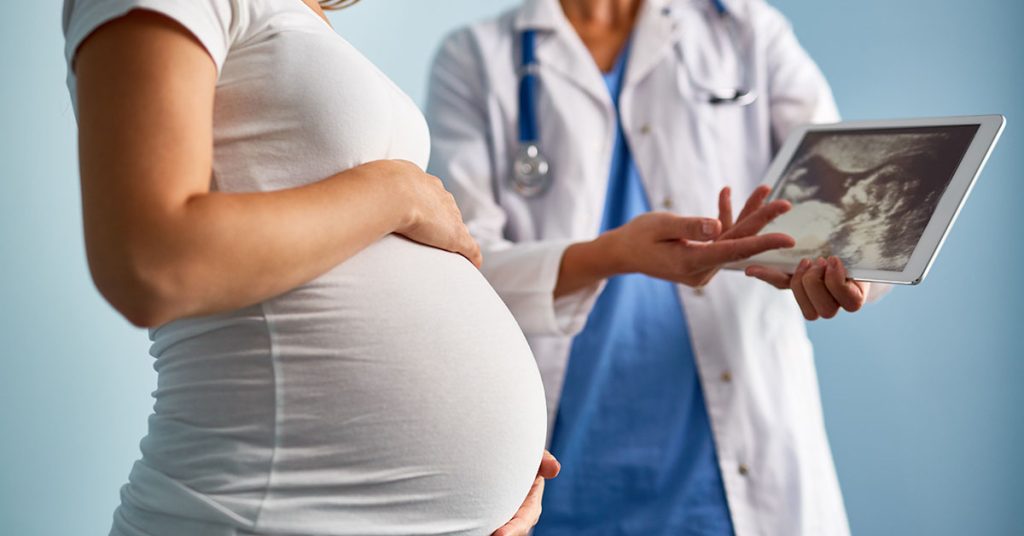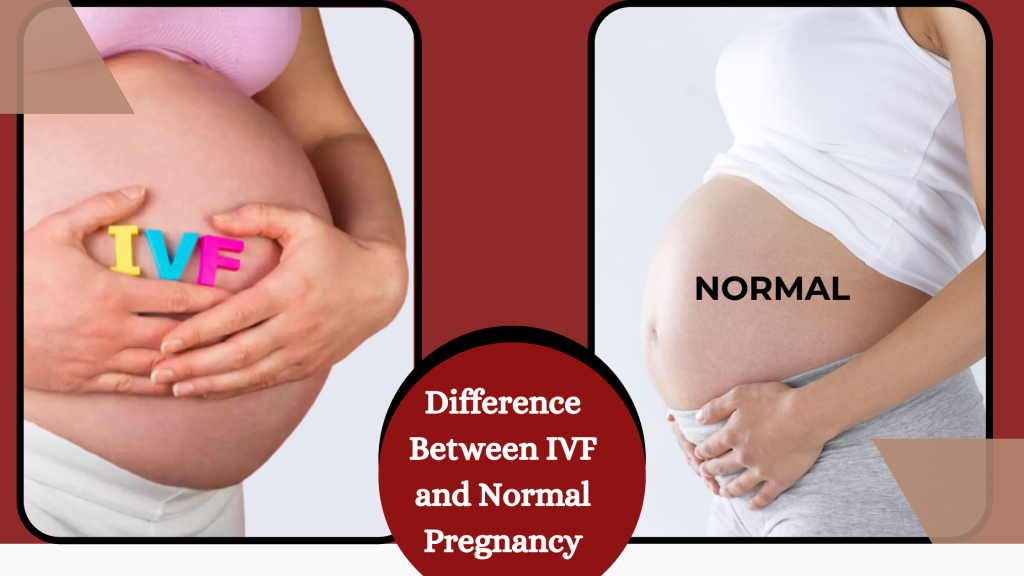High-Risk Pregnancy: What to Expect and How to Manage
Finding out that your pregnancy is high-risk can be concerning, regardless of whether this is your first or third pregnancy. The term “high-risk pregnancy” can refer to a broad range of prevalent diseases. Many of them have to do with health issues you may have had before being pregnant or that you may have acquired during the pregnancy or birth. If you’re seeking the best gynaecologist in Greater Noida or the best gynaecologist and obstetrician in Greater Noida, Consult Dr. Sonali Gupta to help you through your pregnancy. What is a High-Risk Pregnancy? Pregnancy at high risk refers to one in which the mother, the unborn child, or both may have difficulties. Pre-existing medical illnesses, difficulties that occur during pregnancy, or outside circumstances that raise the possibility of complications during gestation and delivery are some possible causes of these complications. Factors Leading to a High-Risk Pregnancy There are various reasons why a pregnancy might be deemed high-risk. This includes: Pregnancy at high risk can result from a variety of causes. They may be broadly divided into three categories: pregnancy problems, fetal risk factors that develop during pregnancy, and maternal risk factors that present before to pregnancy. 1. Risk Factors for Mothers A woman’s age, health, and past medical history all influence the kind of pregnancy she may have. Typical maternal risk factors for pregnancies at high risk include: Age: Pregnant women who are older than 35 are frequently categorized as high-risk. This is due to the fact that as women age, there is a greater chance that they may experience pregnancy-related issues such as high blood pressure, diabetes, or heart disease. Older Moms: Babies born to women over 35 have a higher chance of having chromosomal abnormalities. At age 25, there is around a one in 1,000 chance that a child will be born with Down syndrome. Women who are older, particularly those who are over 40, may also miscarry more frequently than women who are younger. Previous Health Issue: Pregnancy problems can be more likely in those with diabetes, obesity, persistent high blood pressure, heart disease, and other medical issues. Pregnancy-related difficulties resulting in miscarriage or exacerbation of symptoms can also be caused by autoimmune diseases such as lupus, Hashimoto’s disease, or Graves disease. Physical Attributes. Women of various shapes and sizes may conceive and give birth to healthy, thriving children because each individual is unique. Obese or extremely underweight women may be more likely to experience difficulties conceiving and giving birth. Your pregnancy journey may also be complicated by some internal anatomical issues, such as a weak (incompetent) cervix, fibroids, or a double uterus. 2. Fetal Risk Factors Any issues that emerge during pregnancy with your developing baby are considered fetal risk factors. Through amniocentesis, ultrasound, or genetic testing, you could find out about issues. Difficulties with fetal development, improper placental position, or fetal cardiac difficulties can make pregnancies high-risk. 3. Risk Factors Associated with Pregnancy Pregnancy-related health issues can occasionally develop and result in a high-risk categorization. These may consist of: History of Pregnancy You may be at a higher risk of experiencing difficulties or high-risk pregnancies in the future. A history of several miscarriages or pregnancy losses, including stillbirths, is included in this. Pre-eclampsia. The mother and unborn child may be seriously at danger from the abrupt rise in blood pressure that occurs after 20 weeks. Premature membrane rupture (PPROM). You have a higher risk of infection and premature delivery if your amniotic sac ruptures before 37 weeks. Multiple Pregnancy. Preterm delivery and gestational diabetes are greater risks for women carrying multiple fetuses. Over half of all twins and 93% of triplets are delivered at fewer than 37 weeks gestation, according to the National Institutes of Health. How does one handle a pregnancy at high risk? Consultation with a doctor is essential if you are carrying a high-risk pregnancy. Maternal-fetal medicine professionals, or perinatalists, are specialists in treating pregnant patients with high-risk pregnancy factors. Your unique risk factors will determine the kind of treatment you receive. For instance, individuals with gestational diabetes may need to take medication or follow a certain diet to control their blood sugar. It may be necessary for people with infectious illnesses to take medicine. It might be required to take extra care during delivery to reduce the danger to the baby as well. Your gynaecologist may also suggest specific lifestyle changes, medication, or treatments to ensure both you and your baby are healthy. If you’re in the Greater Noida area, it’s crucial to consult the best gynaecologist and obstetrician in Greater Noida who has experience managing high-risk pregnancies. Preventing Pregnancies at High Risk Certain circumstances that lead to high-risk pregnancies are unavoidable, such as genetic diseases and chronic health issues. However, several things can assist avoid or lessen the chance of having a high-risk pregnancy, such as scheduling routine ob/gyn treatment and making plans for a safe pregnancy. Among the other measures to avoid a high-risk pregnancy are: Refraining from using drugs and alcohol Looking up your personal and family medical history Having sexual relations safely Maintaining a healthy weight A healthy diet and consistent exercise keeping an eye on present medical concerns Arranging to become pregnant between the ages of 18 and 35 Reviewing drug regimens to ensure safe usage in pregnancy Giving up smoking Conclusion Even though a high-risk pregnancy can be challenging, the majority of women who receive the right support and care go on to have healthy children. You must stay in close contact with your healthcare provider, follow their recommendations, and take care of your physical and emotional health. See the best gynaecologist in Greater Noida, Dr.Sonali Gupta if you’re looking for professional advice to ensure the safest journey for you and your child.
High-Risk Pregnancy: What to Expect and How to Manage Read More »


